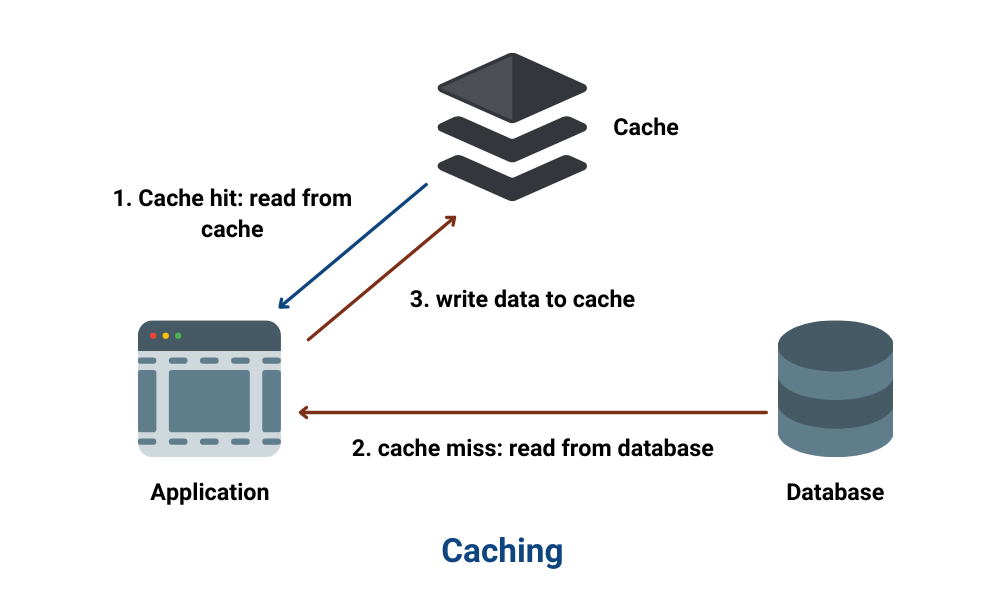Demystifying Caching: Boosting Performance with Simple Solutions
 Mithun Srinivas
Mithun Srinivas
In the realm of software development, efficiency is key. One powerful technique that enhances performance and responsiveness is caching. But what exactly is caching, what problems does it solve, and why should you consider using it? Let’s explore caching in straightforward terms with relatable examples.
What is Caching?
Imagine you're a librarian managing a popular book collection. Every day, readers request the same few books repeatedly. To save time and effort, you keep these frequently requested books on a special shelf near the entrance. This shelf acts as a cache—a temporary storage area that stores copies of frequently accessed data or resources.
In technical terms, caching is the process of storing copies of frequently accessed data in a cache. This allows future requests for that data to be served more quickly, as the system retrieves the data from the cache rather than from the original source.
What Problem Does Caching Solve?
Before caching, developers encountered several challenges:
Slow Response Times: Fetching data from disk or over the network can be time-consuming, especially when dealing with large volumes of data or frequent requests.
High Resource Consumption: Continuously fetching data from the original source can strain resources and impact system performance.
Scalability Issues: Scaling applications to handle increasing user loads without compromising performance becomes more challenging without caching mechanisms.
Caching addresses these issues by:
Improving Response Times: By storing data closer to the user or application, caching reduces the time it takes to fetch and deliver data.
Reducing Server Load: Caching reduces the number of requests that need to be handled by the server or database, freeing up resources for other tasks.
Enhancing Scalability: Caching allows applications to handle more users and requests efficiently without requiring significant infrastructure upgrades.
Advantages of Using Caching
Let’s explore the benefits of caching with simple, everyday examples:
Faster Access to Data:
- Example: Think of caching as having frequently used books on a quick-access shelf in a library, allowing readers to find them faster without going through the entire collection.
Reduced Network Traffic:
- Example: Imagine a delivery service that stores popular items in local warehouses across cities, reducing the need to transport items from a central warehouse for every order.
Improved User Experience:
- Example: Similar to a web browser caching website data to load pages faster on subsequent visits, caching improves user experience by delivering content quickly.
Cost Efficiency:
- Example: Consider a grocery store that keeps popular items stocked at the front to reduce shopping time and increase customer satisfaction. Caching reduces the need for expensive hardware upgrades by optimizing data access.
Conclusion
Caching is a powerful technique that enhances application performance, reduces response times, and optimizes resource utilization. Whether you’re building a website, developing a mobile app, or managing a database, understanding caching can significantly improve your application's speed and efficiency.
Embrace caching in your development projects and witness how it transforms your application’s performance and user satisfaction. Happy caching!
Subscribe to my newsletter
Read articles from Mithun Srinivas directly inside your inbox. Subscribe to the newsletter, and don't miss out.
Written by
